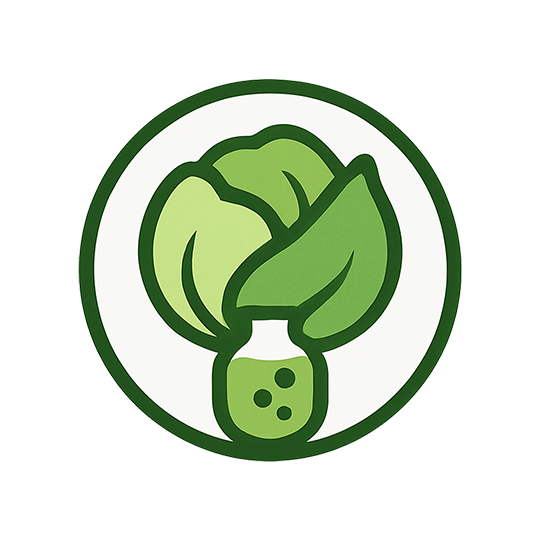When we talk about a healthy lifestyle, the focus often shifts from the end goal to the daily grind. The concept of a daily trial, or a small experiment each day, can transform the way we approach nutrition and exercise. By treating each meal, workout, or hydration choice as a mini‑trial, we create a structured yet flexible framework that adapts to our changing bodies and schedules. This article explores how to incorporate this trial mindset into everyday habits, helping you stay consistent, motivated, and on track toward lasting wellness.
The Daily Trial Mindset
At its core, a trial is a test that yields insight, not a judgment. Begin each day by setting a clear, manageable objective—perhaps reducing sodium intake or adding a protein source to lunch. Keep the goal specific, measurable, and time‑bound. By recording the outcome, you collect data that informs future decisions. Over weeks, patterns will emerge, revealing what fuels your energy, what drains it, and how your body reacts to different macronutrient ratios. This ongoing experiment is the backbone of a sustainable, balanced diet.
Key Nutritional Pillars
Successful trials rest on three pillars: balanced macros, nutrient density, and mindful eating. Choose carbohydrates that provide steady glucose, proteins that support muscle repair, and fats that aid hormone regulation. Prioritize whole foods—fruits, vegetables, lean meats, legumes, and whole grains—to maximize vitamins and minerals. Finally, practice listening to hunger cues. When you feel genuinely hungry, savor the food; when full, pause. This mindful approach prevents overeating and turns nutrition into a daily, evidence‑based practice.
Meal Timing and Frequency
Many people debate the merits of intermittent fasting versus frequent, smaller meals. A trial can help you find what works best for your schedule and body. For instance, try eating every four to five hours for a week, then shift to a three‑meal pattern the next week. Notice changes in energy, focus, and digestive comfort. The key is consistency during each trial phase; only after a minimum of two weeks should you evaluate results and decide whether to adopt the new pattern or revert to a different approach.
Hydration: The Unsung Hero
Water is often underestimated in its impact on performance and metabolism. Set a simple trial: aim to drink 2.5 liters per day for one week, adjusting based on activity level and climate. Keep a reusable bottle and track consumption in a journal or app. Notice differences in skin clarity, joint ease, and overall alertness. If you discover a better hydration schedule—say, more intake before workouts or during breaks—integrate that into your routine as a new, tested habit.
Exercise Integration
Nutrition and movement are two sides of the same coin. Structure your exercise routine as a series of small trials: one week of strength training, the next focusing on cardio, then a week of mixed modalities. Pair each trial with a complementary nutritional tweak—such as a protein shake after resistance sessions or a carb‑rich snack before long runs. This synergy provides clear evidence of how diet affects performance and recovery, reinforcing the value of the daily trial methodology.
Sample Daily Routine
Morning: A glass of water, a handful of nuts, and a banana. Breakfast: oatmeal topped with berries and a scoop of Greek yogurt. Mid‑morning snack: sliced cucumber with hummus. Lunch: quinoa salad with grilled chicken, avocado, and lemon vinaigrette. Afternoon: a protein smoothie. Dinner: baked salmon, steamed broccoli, and sweet potato. Evening: a light walk, followed by a relaxing stretch routine. Throughout the day, monitor hunger, satiety, and energy levels—each serving as a data point for your ongoing trial.
Monitoring Progress
Data collection is the cornerstone of every trial. Keep a simple log: date, meal descriptions, portions, exercise type, intensity, and subjective ratings of fullness and energy. Include notes on sleep quality and stress levels, as these variables can influence outcomes. Review the log weekly, looking for trends. Are you consistently feeling energized after a certain meal? Does a particular exercise leave you fatigued? Use these insights to refine the next set of trials, making the process iterative and personalized.
Common Pitfalls and Fixes
One frequent mistake is rushing to conclusions after a single day. Remember that biological responses often require a week or more to manifest. Another pitfall is ignoring portion sizes—what feels like a healthy portion may actually be too large or too small for your needs. To fix this, incorporate a simple visual cue, such as the hand‑sized plate method, and revisit your data after a few trial cycles. Lastly, avoid emotional eating; practice mindfulness and plan for cravings by preparing low‑calorie, satisfying snacks in advance.
Sustaining the Trial Long-Term
When the novelty of daily trials fades, it becomes easy to slip back into old habits. Keep the experiment alive by setting new, progressive goals: increase protein intake by 5 grams, extend workout duration by 10 minutes, or reduce added sugar by half a teaspoon. Treat each new objective as a fresh trial, and celebrate small victories. Over time, the body internalizes the data-driven approach, turning experimentation into instinctive, healthy behavior.
Your Next Trial Step
Ready to put the trial mindset into action? Pick one area—meal timing, macronutrient ratio, or hydration—and commit to a two‑week experiment. Document everything: what you eat, when you eat, how you feel, and how you perform during exercise. At the end of the period, analyze the results and decide whether to adopt, tweak, or abandon the approach. Remember: each trial is a step toward a healthier, more mindful lifestyle, and the cumulative evidence you gather will guide you to lasting wellness.




